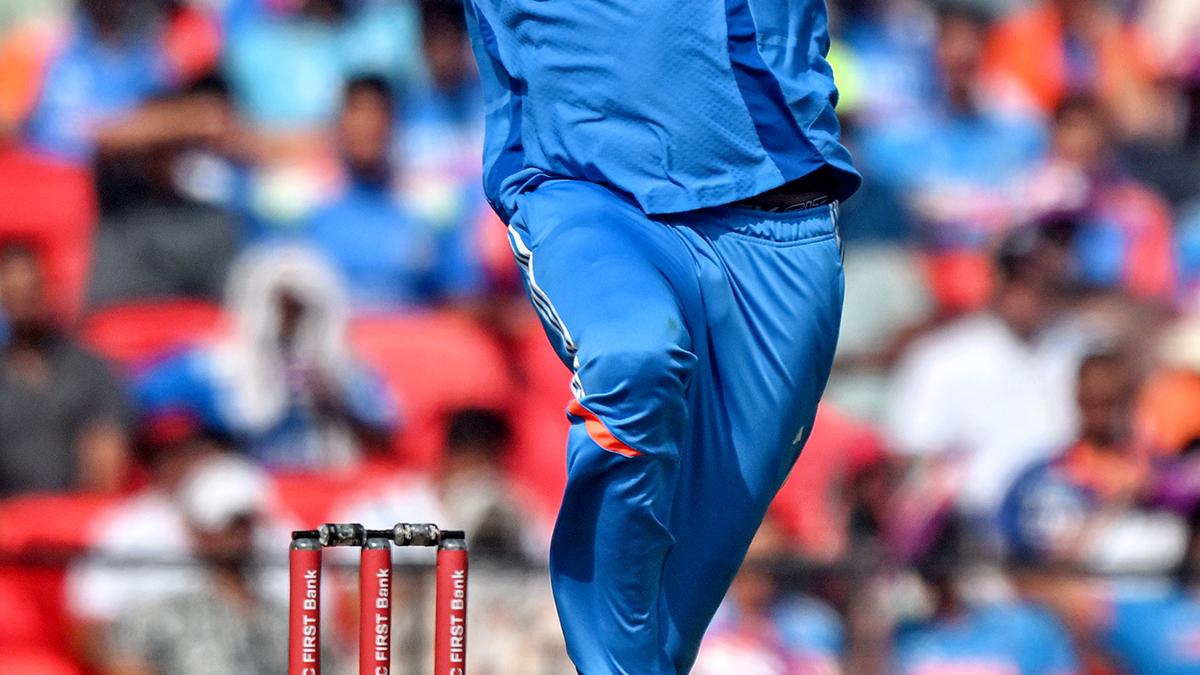
Chance for wicket-taker Rana to prove his worth at Champions Trophy
The Hindu
Harshit Rana shows promise as a potential replacement for Bumrah in India's squad, with pace, bounce, and variations.
In theory, Harshit Rana is Jasprit Bumrah’s replacement in India’s squad for the Champions Trophy. In reality, of course, there is nobody in India, or elsewhere, with the skill and control to fill in for Bumrah. From the uniqueness of his action and release point to the sheer mastery over his craft, the 31-year-old ace pacer is in a category of his own.
That said, Rana did a decent job in the ODI series versus England by claiming six wickets in three matches. The economy rate was a tad high at 6.95 runs per over, but the 23-year-old from Delhi has been drafted into the set-up ahead of Mohammed Siraj for his ability to prise out wickets at different stages of a 50-over game.
Given his exuberance and inexperience, the strapping fast bowler didn’t always get it right with the new ball against the Englishmen. On his ODI debut in Nagpur, for example, he was taken for 37 runs in his first spell of three overs, with opener Phil Salt tonking 26 off just one over to lead the initial onslaught.
But it is a testament to Rana’s strength of character that he struck twice in an over when he was brought back into the attack a little later. His dismissals of Ben Duckett and Harry Brook came off back-of-a-length deliveries, using his brisk pace — he breaches the 140 km/h mark routinely — to coerce them into committing errors.
With an older ball in the 36th over, Rana derived further joy by banging it in against Liam Livingstone. The middle-order dasher walked down the track for a slog across the line, but the ball took his edge through to wicketkeeper K.L. Rahul.
All through the series, Rana compensated for some harsh treatment in the early overs by striking in his latter spells. In the middle phase, when the white Kookaburra doesn’t deviate in the air or off the seam, Rana’s propensity to hit the deck and generate disconcerting bounce keeps him in play.
“With the new ball, he conceded runs but there was no help from the pitches. When the ball gets older, the back-of-length delivery is useful,” former India and Delhi pacer Amit Bhandari, who has trained Rana for the past two years, told The Hindu. “He has good pace and it is not very easy for a batter to hit shots off that length. When the ball is full or in the slot, the batter can hit it anywhere. But with the shorter ball, the scoring options are limited.”

SRI-B has established Samsung Innovation Campuses in seven other institutes, including BNM Institute of Technology, Cambridge Institute of Technology (main & north campuses), Don Bosco Institute of Technology, KLE Institute of Technology, RNS Institute of Technology (RNSIT) Bengaluru, as well as one in IIIT-Kurnool, and trained over 800 students with the necessary skills to secure relevant opportunities in the field of technology.












